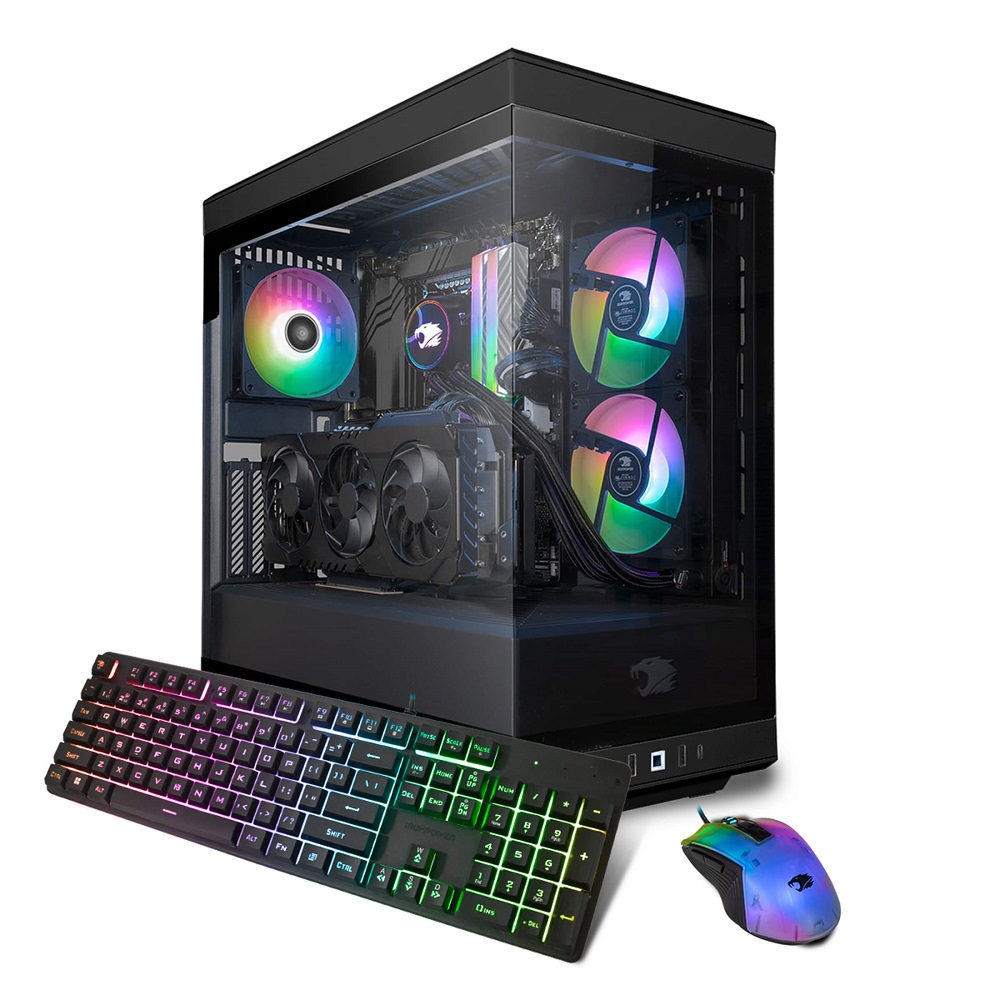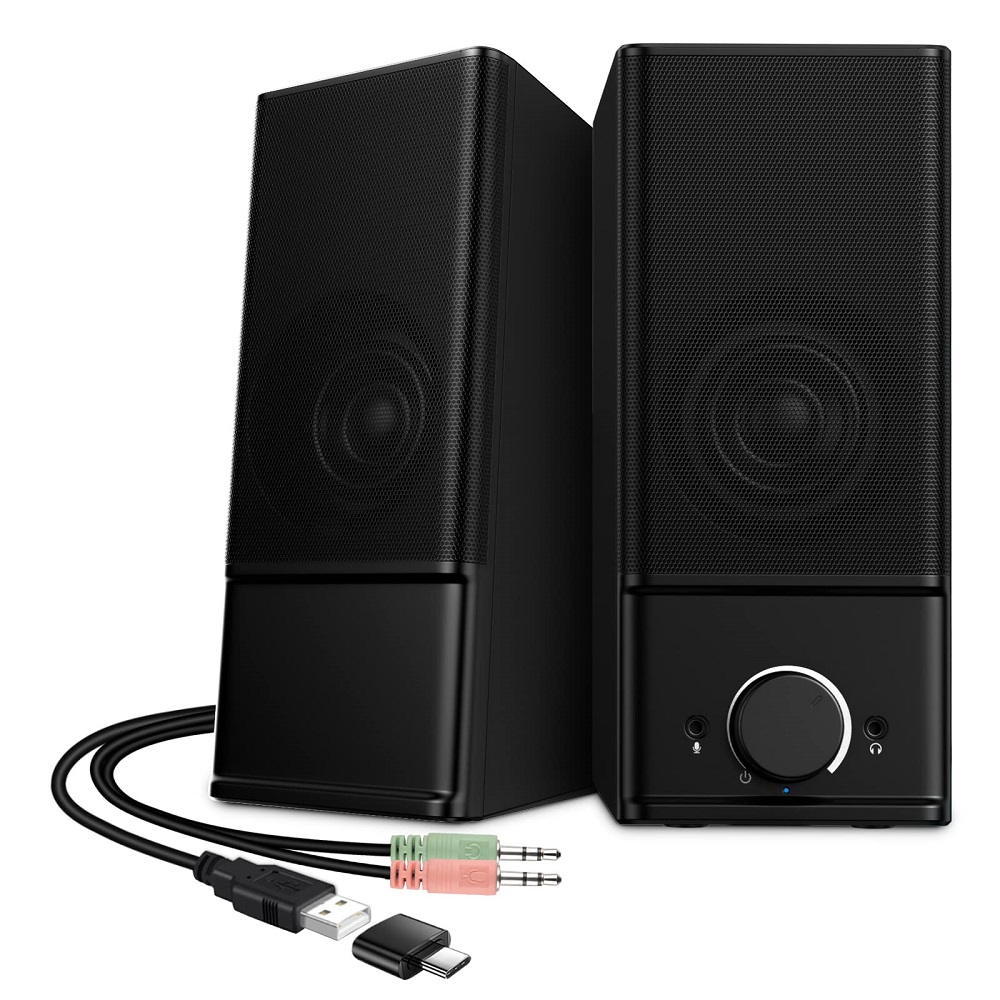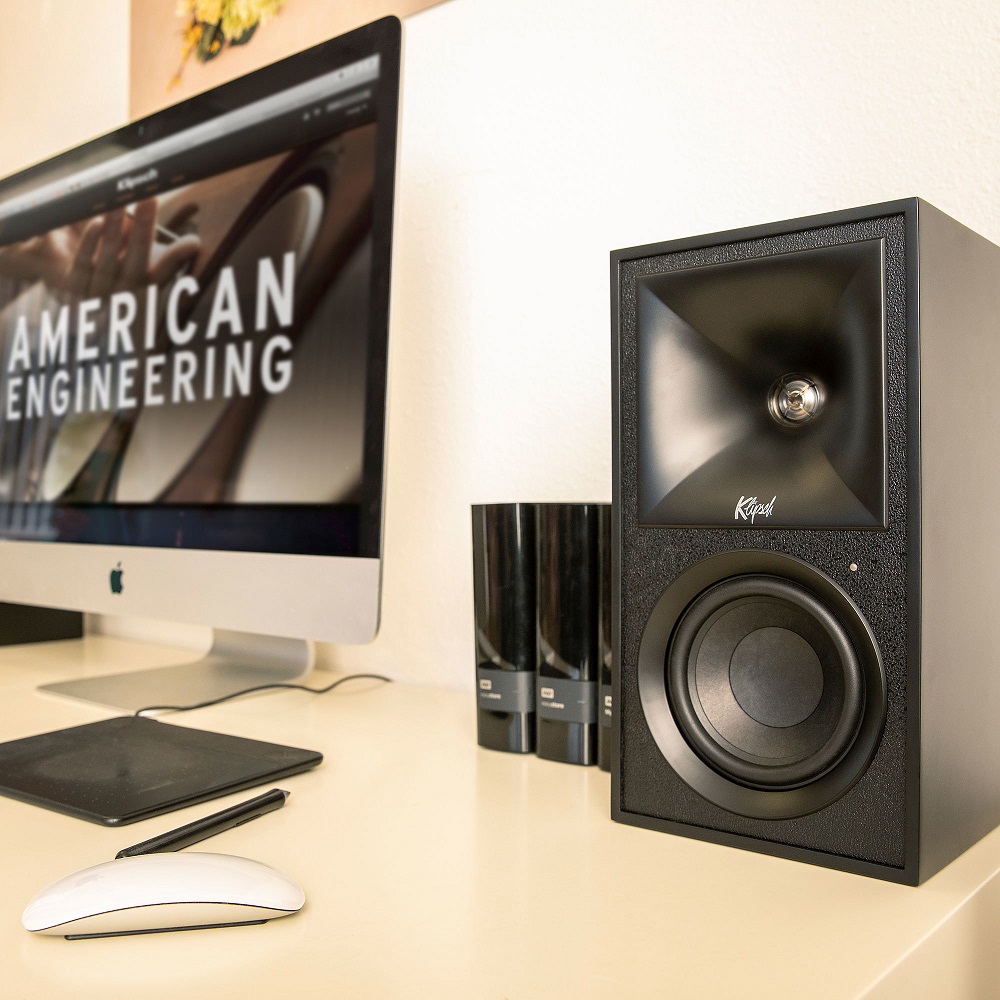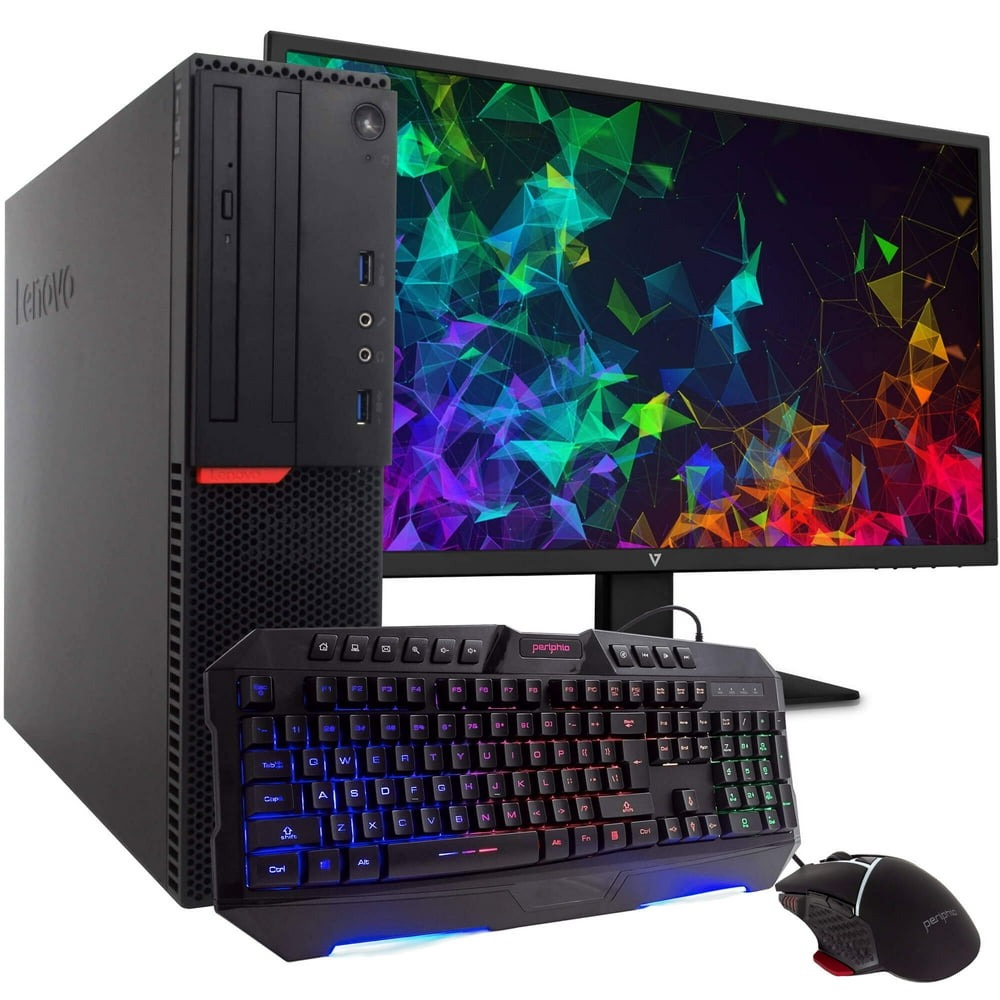Types of Computer Peripherals
In the dynamic world of computing, computer peripherals boost functionality and enhance user experience. These devices connect to your computer to perform various tasks. Knowing the right computer peripherals is crucial for both productivity and entertainment.
Input Devices
Input devices are essential for interacting with your computer. They send information to the machine, allowing you to control it. Common input peripherals include keyboards, which you use for typing, and mice, for navigating on-screen. Another vital input device is the webcam, crucial for video calls. Microphones, game controllers, and scanners also fall under this category. Look for input devices that are responsive and feel natural to use.
Output Devices
Output devices work by receiving data from the computer and turning it into readable or audible information. Monitors display visuals, while printers produce physical copies of digital documents. Speakers and headphones provide audio output, making them key for multimedia. To choose the best, consider display quality for monitors, and audio fidelity for speakers and headphones.
Storage Devices
Storage peripherals are where you keep your files and applications. They come in various types, such as hard drives, solid-state drives (SSDs), and USB flash drives. Each has its own use: hard drives for large storage needs, SSDs for speed, and flash drives for portability. Cloud storage services also count, though they are not physical devices. When picking storage peripherals, look at their capacity, speed, and reliability.

Choosing the Right Computer Peripherals
Selecting the right computer peripherals can significantly influence your computing experience. Having guided you through the different types, let’s delve into how to choose peripherals that align with your needs.
Compatibility Considerations
Before purchasing peripherals, check compatibility with your system. Some might require specific operating systems or have hardware limitations. USB versions, for instance, can impact connection and functionality. Also, consider driver support — peripherals should have up-to-date drivers for seamless integration. Cross-checking these aspects will spare you from compatibility issues later.
Performance Metrics
Assessing performance metrics is paramount when choosing peripherals. For input devices like keyboards and mice, responsiveness and sensitivity are crucial. For output devices, such as monitors and speakers, look at resolution and sound quality, respectively. Storage device performance is gauged by read and write speeds, as well as durability. Pinpoint what performance means for your intended use, and select peripherals that deliver on those metrics.
Trends in Computer Peripheral Technology
In the realm of computer peripherals, technology trends keep evolving to meet user demands for convenience and efficiency. As we look toward the future, two significant trends stand out among the rest.
Wireless and Bluetooth Devices
Wireless and Bluetooth devices are redefining the way we interact with our computers. Free from the constraints of cables, wireless keyboards, and mice offer greater freedom of movement. They also reduce desk clutter and improve workspace aesthetics. Bluetooth technology has advanced, allowing seamless connectivity between devices, increasing their reliability and response times. When considering wireless or Bluetooth computer peripherals, prioritize battery life and connection stability.
Eco-friendly Peripherals
Sustainability is now a core component of tech innovation. Eco-friendly peripherals are gaining popularity as consumers become more environmentally conscious. Manufacturers are creating devices using recycled materials, reducing waste, and employing energy-efficient designs. When exploring eco-friendly options, check for certifications like Energy Star or the use of biodegradable materials. Opting for such peripherals not only supports the environment but often also ensures a longer lifespan and lower energy costs.

Essential Peripherals for Gaming
When it comes to creating an optimal gaming experience, the choice of peripherals plays a crucial role. While the core components of a gaming rig include the CPU, GPU, and RAM, the right peripherals can significantly enhance gameplay, comfort, and immersion. Gaming requires specialized equipment for optimal performance and experience. Let’s explore essential peripherals that cater to gamers’ needs.
High-Performance Keyboards
High-performance keyboards are essential for gamers. Features like mechanical switches and anti-ghosting are vital. Mechanical switches offer quick and precise key presses. Anti-ghosting ensures multiple keys work simultaneously during complex game moves. Look for keyboards with customizable RGB lighting. It enhances the gaming atmosphere and matches your gaming setup vibes.
Gaming Mice and Controllers
Gaming mice and controllers are designed for precision and comfort. Unlike standard mice, gaming mice feature advanced sensors, customizable buttons, and ergonomic designs. Choose mice with adjustable DPI settings. High DPI lets you react faster in games. Gaming controllers should fit comfortably in your hands. Look for ones with customizable buttons and ergonomic designs. These features help in reducing strain during long gaming sessions. Wireless options are available too. They provide more freedom of movement without cable interference.
In the competitive landscape of gaming, selecting the right peripherals can dramatically enhance both performance and enjoyment. Each type of peripheral plays a distinct role, from the precision of a gaming mouse to the comfort of a headset. By considering the features and benefits outlined above, gamers can build a setup tailored to their preferences, ultimately enriching their gaming experience and elevating their gameplay. Understanding these essential peripherals not only boosts performance but also allows gamers to unlock the full potential of their gaming environments.
Productivity Enhancing Peripherals
To boost productivity, selecting the right computer peripherals is crucial. They should not only be efficient but also cater to multi-functionality and comfort.
Multi-functional Printers
Multi-functional printers stand out as essential peripherals for any productive workspace. These devices combine several functions: printing, scanning, copying, and sometimes faxing. Such integration saves space and simplifies the management of office tasks. Key features to look for include:
- High print speed: Ensures quick document handling.
- Wireless connectivity: Offers the flexibility to print from multiple devices.
- Energy efficiency: Helps in reducing operational costs.
- High-resolution printing: Guarantees sharp and clear outputs for professional documents.
Choosing a printer with these capabilities will greatly enhance your efficiency.
Ergonomic Equipment
Ergonomic equipment, such as keyboards, mice, and office chairs, are designed to prevent strain and injury during long periods of use. Here are some aspects to consider:
- Adjustable features: Look for items like chairs with adjustable heights and lumbar support.
- Keyboard and mouse comfort: Keyboards should have palm rests and mice should fit comfortably in your hand.
- Standing desks: These encourage movement and can be adjusted for sitting or standing work.
Incorporating ergonomic peripherals can significantly increase productivity by making your workspace more comfortable for longer durations.

Installation and Maintenance
Proper installation and regular maintenance ensure that computer peripherals perform at their best. Here’s how to go about it.
Setting Up Your Peripherals
When setting up your computer peripherals, it’s important to follow these steps:
- Read the Manual: Always start by reading the manufacturer’s manual.
- Connect Correctly: Make sure to use the right ports and cables.
- Install Drivers: If needed, download and install the latest drivers from the manufacturer’s website.
- Test Your Peripherals: After setup, test each device to confirm it works properly.
Setting up your devices carefully will save you time and trouble later on.
Tips for Long-term Maintenance
For long-term performance, consider these maintenance tips:
- Keep Peripherals Clean: Dust and debris can affect functionality.
- Update Software: Regularly update drivers and firmware.
- Inspect Cables: Check for damage and replace cables if necessary.
- Use Surge Protectors: Protect your peripherals from power surges.
Maintaining your computer peripherals can prolong their life and improve your computing experience.
